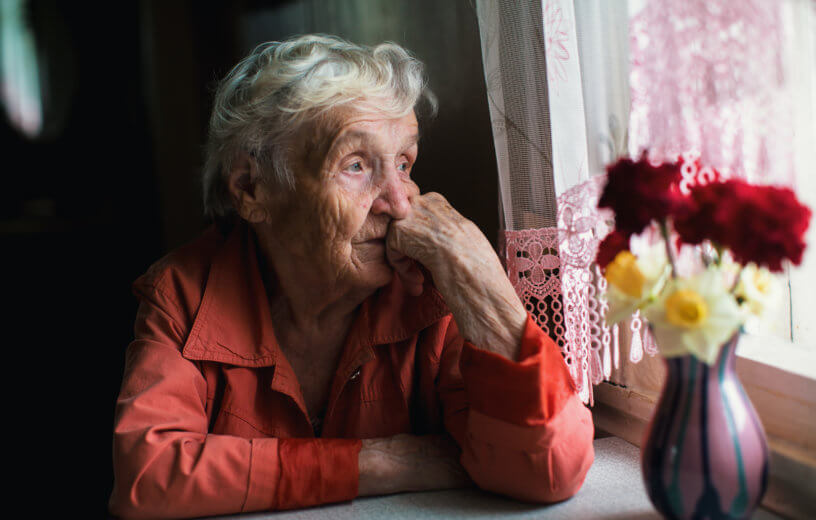MINNEAPOLIS — It’s pretty easy to have a thriving social life in your 20s. Fast forward a few decades, and many older adults find themselves staying inside much more often. New findings from the American Academy of Neurology, however, may motivate many to stay social well after retirement. Scientists report older individuals who have little social contact with others may be more likely to see their overall brain volume shrink in comparison to their more outgoing peers. Even worse, those losses tend to happen in areas of the mind most vulnerable to dementia.
While these findings are no doubt noteworthy, the research team stresses that their work does not prove that social isolation directly causes brain shrinkage; it merely shows a concerning trend.
“Social isolation is a growing problem for older adults,” says study author Toshiharu Ninomiya, MD, PhD, from Kyushu University in Fukuoka, Japan, in a media release. “These results suggest that providing support for people to help them start and maintain their connections to others may be beneficial for preventing brain atrophy and the development of dementia.”
This project included 8,896 Japanese citizens with an average age of 73. All participants were free of dementia at the start of the study, and everyone underwent MRI brain scans and health exams. To measure social contact, meanwhile, the group was asked just one question: How often are you in contact with relatives or friends who do not live with you (for example, meeting or talking on the phone)? The seniors could choose from answers including: Every day, several times a week, several times a month, and seldom.

Social isolation may also lead to brain damage and depression
Those with the lowest reported levels of social contact had an overall brain volume that was significantly lower than those with the most social contact. Total brain volume — meaning the sum of white and grey matter, as a percentage of the total intracranial volume, or the volume within the cranium, including the brain, meninges, and cerebrospinal fluid — came in at 67.3 percent in the lowest contact group and 67.8 percent in the highest contact group. They also showed lower volumes in brain areas including the hippocampus and amygdala, both known to play a role in memory and areas that dementia typically damages.
Study authors were sure to consider other potentially influential factors like age, diabetes, smoking, and exercise habits.
Older adults who were very socially isolated also displayed more small areas of brain damage, called white matter lesions, in comparison to people with frequent social contact. The percentage of intracranial volume made up of white matter lesions was 0.30 for the socially isolated group, and 0.26 among the most socially connected group.
Study authors report symptoms of depression partly explained the relationship between social isolation and brain volumes. However, depression only accounted for 15 to 29 percent of the association.
“While this study is a snapshot in time and does not determine that social isolation causes brain atrophy, some studies have shown that exposing older people to socially stimulating groups stopped or even reversed declines in brain volume and improved thinking and memory skills, so it’s possible that interventions to improve people’s social isolation could prevent brain volume loss and the dementia that often follows,” Dr. Ninomiya concludes.
The study is published in the journal Neurology.
You might also be interested in:
- Loneliness is exhausting: Scientists say isolation literally tires you out
- Brushing your teeth keeps your brain from shrinking, reduces risk of dementia
- Alcohol shrinks the brain: Even one glass a day can cause significant damage, study warns

